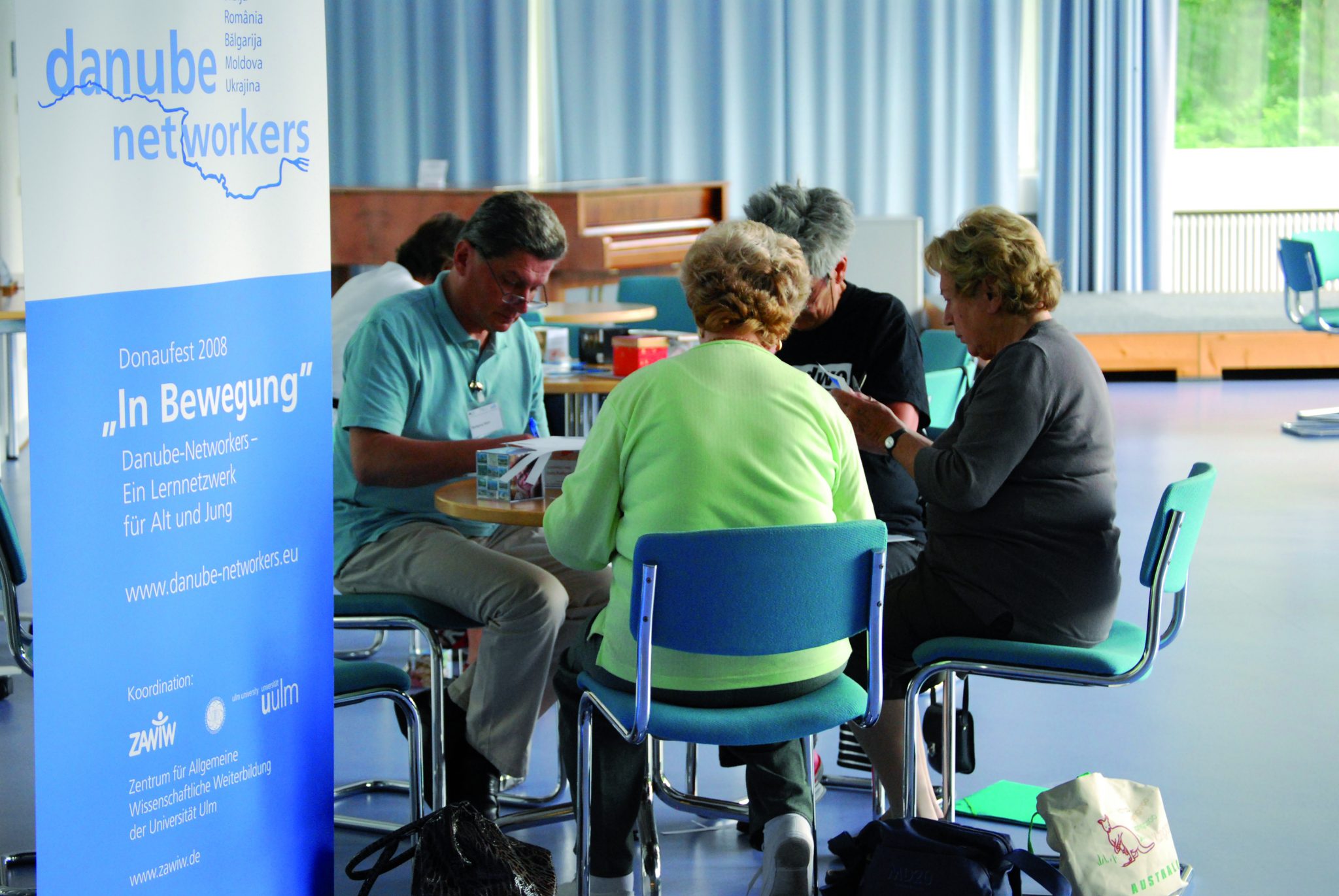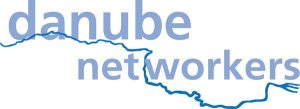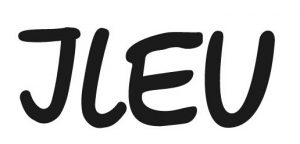Danube Boxes “Home country – Danube country”

Aim
The Danube Boxes allow the participants to present their personal bond to their country as a “Danube country” by presenting their boxes and conversations. All participants live in a Danube country and are asked to express their feelings on the topic “My Home country is a Danube country”. The participants create a personal “Danube box” - and fill it with objects that present personal symbols regarding the subject “Danube”. These boxes should give rise to exchanges about personal experiences, attitudes and feelings and time witness work. Getting to know each other in a creative way and thereby discovering similarities and differences is the aim of the project. The target group are people from all Danube countries, who do not know each other and who do not share a common language. Next step: There can be an exchange about the Danube-Boxes and their contents, which are connected methodically with the time witness work. Participants who speak English and native speakers, who are willing to translate as volunteers are needed. The method “Danube-Box” is inspired by the „Ulmer Schachtel“ (= “Box of Ulm”) that for many hundred years transported people from Ulm to the Danube countries.Full Description
The first time this project has been carried out was during a seminar at the International Danube festival 2008 in Ulm. Since then, it has been tested and developed several times. The project can easily by transferred to other target groups and nationalities.
During this seminar, Danube boxes were made under the supervision of a coordinator. The format “Danube Box” was picked on purpose: 300 years ago many people from Ulm travelled on boats that were called “Ulmer Schachteln” (= Ulm box) to other Danube countries.
The Danube boxes were all designed in the following manner: The name of the person, who has created the box, a photo of said person and his/her home country was clearly visible on three surfaces of the box. Every participant put three items into the box that symbolized his/her relationship to their home country as a Danube country. These three items had to be named and illustrated on the exterior of the box.
Once the boxes were finished, the participants had the chance to look at each other boxes, names, origins and contents and thus, got in to contact. The participants were invited to explain the meaning of the items they picked for his/her box – they were supported by volunteers as translators. This action helped to get to know each other easily. Despite having never met before, the participants picked all similar items: Everybody picked a personal item (like a memory about the first kiss next to the Danube riverbank or an old wine label from a picnic at the Danube), an item that was related to the culture of the home land (like a piece of Leinen or a picture of a cultural heritage sight ), and an item that is related to the nature or beauty of the Danube or the importance to preserve the Danube).
This exchange and the discovery of common interest lead to further collaborations and to the establishment of an educational network for senior citizens in the Danube countries. The boxes were presented at an exhibition called “Heimat in der Schachtel” (home in a box) at the Danube Swabian Museum in Ulm. The box project was continued and extend in the Grundtvig-Learning partnership “Danube-Stories”: The participants explained the meaning of the three items by writing down what and why they picked it and pointed out how, they relate to the Danube. All texts were available on the project website in English as well as in the respective mother tongue. The website was equipped with a search engine, which made it possible to search for countries, languages or contents.
Project partners:
- ILEU e.V., Ulm, Germany
Step by Step Explanation
-
1
Find a suitable framework in which this project can be carried out. In our case it was the International Danube Festival 2008 in Ulm.
-
2
Invite participants, tell participants what they need to bring along (picture of themselves, three personal items that symbolize their regarding the subject “Home country – Danube country” and book a venue.
-
3
Organize see-through plastic boxes of a certain size and craft materials.
-
4
Write manual how to create the boxes and print them.
-
5
The event itself.
-
6
Organize an exhibition.
Results
Implemented Methods
Getting to know each other with Danube Boxes
Getting to know each other by showing the Danube boxes and sharing thought about the content of the boxes.
Contemporary Witness Work
Explain to others participants the significance of the three selected objects as symbols for belonging to a Danube country by time witness work. Motivate the participants to reflect about their personal attitudes and feelings concerning the own country as a Danube country.



